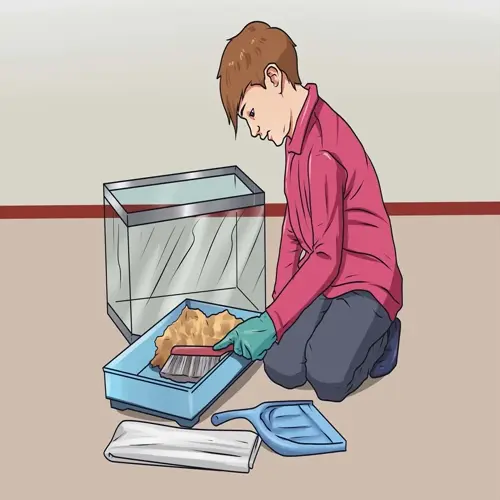What are the grooming requirements for non-shedding dogs?

Written by
Wang Jiahao
Reviewed by
Prof. Henry Webster, Ph.D.Non-shedding dogs have special grooming needs that differ from those of shedding dogs. These dogs have continuously growing hair that requires regular grooming to avoid matting and skin problems. A curly coat also tends to trap debris, while a hairless dog has sensitive skin exposed. Proper grooming helps keep normal hypoallergenic results and comfort.
Coat-Specific Brushes
- Slicker brushes for curly coats like Poodles prevent matting
- Pin brushes for silky coats like Havanese detangle gently
- Rubber curry brushes stimulate skin on hairless breeds
Specialty Products
- Hypoallergenic shampoos formulated for sensitive skin
- SPF 30+ canine sunscreen for hairless breeds
- Antibacterial wipes for acne-prone skin folds
Curly-coated dogs should be brushed thoroughly down to the skin level every other day, and the coat should be carefully divided to prevent tangling. Professional clipping is done at intervals appropriate to the owner, to keep the dog in shape and to prevent overheating. Always check between the pads of the feet, after a walk, for trapped debris, to avoid painful matting.
Hairless breeds require daily skin care regimens. After morning cleansing, apply a fragrance-free moisturizing lotion to the skin. Before exposing to sunlight, apply canine sunscreen. Clean the folds of the skin with antibacterial wipes to prevent infections. These steps avoid damage to skin from exposure to the environment by protecting the exposed, delicate skin.
Dental care is needed by all non-shedding breeds, too. Brush teeth daily with an enzymatic toothpaste. You can use dentifrice chews between brushings. Trim their nails every 3-4 weeks to prevent posture problems. These routines will avoid the development of later secondary complications of health.
Begin early with positive grooming experiences. Introduce tools little by little with treats. Keep sessions short with puppies. Monitor for signs of red skin and discomfort. A groomer can show you the proper technique. Having this experience will help your puppy manage stress when following up and maintaining its training.
Read the full article: 10 Non Shedding Dog Breeds for Families

